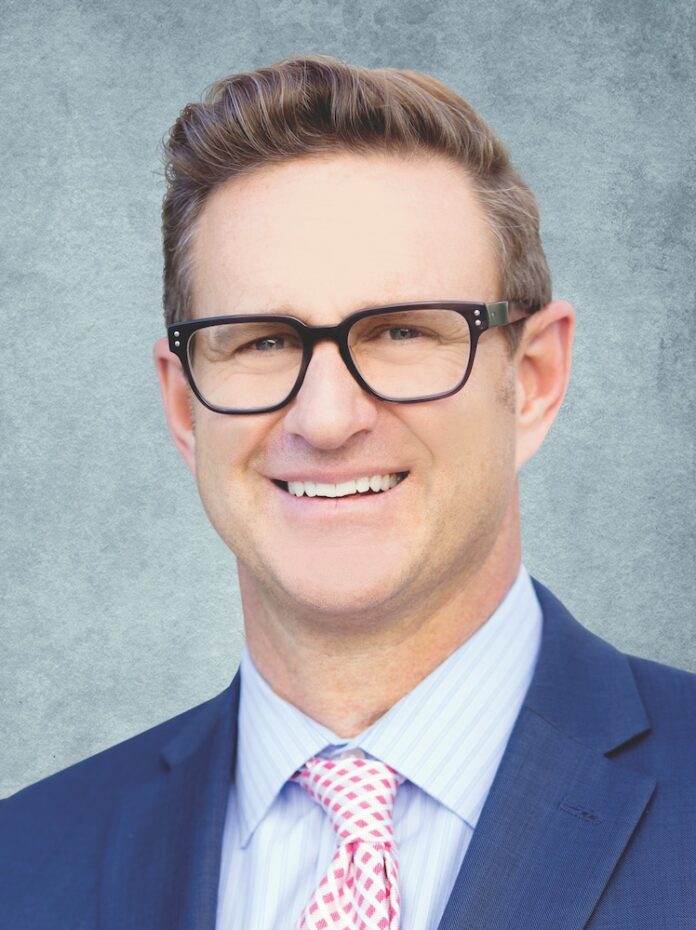Real estate investment numbers for Los Angeles County are in after the implementation of Measure ULA, and data shows that the “mansion tax” has hampered money flow in the market.
Calabasas-based Marcus & Millichap Inc., one of the largest commercial real estate brokers in the country, reports its multifamily property deal flow is now half of what it was this same time last year.
Measure ULA, a citywide tax passed by voters last year, implements a 4% charge on both residential and commercial real estate sales valued between $5 and $10 million.
For properties north of $10 million, the tax jumps to 5.5%.
This current deal drought follows the market’s artificial bump in sales in the first quarter, when investors hurried to beat Measure ULA’s April 1 effect date.
“It really does point back to the ULA tax that’s restraining those high-value transactions,” said Jim Markel, first vice president and regional manager at Marcus & Millichap. “We’re just going to have to get on the other side of that silly tax hopefully.”
The measure’s local blow comes at a time when economic conditions are thawing for investors eager to cash in on the class A multifamily sector – an asset class an aging millennial population has been cornered into amid record mortgage rates and home prices.
Los Angeles itself is still one of the biggest markets for multifamily properties.
Marcus & Millichap reports the demand for these apartments is picking up traction after many residents flocked to more spacious, suburban communities during the pandemic.
During the first quarter of this year, seven of the city’s 20 submarkets saw more space leased than was available on the market, with central business districts such as downtown, Mid-Wilshire and Hollywood, indicating supply is needed.
According to Marcus & Millichap, investors have said they will continue holding on to Los Angeles class A multifamily development, hoping California voters will block Measure ULA in a state-wide ballot measure that is scheduled for next year.
